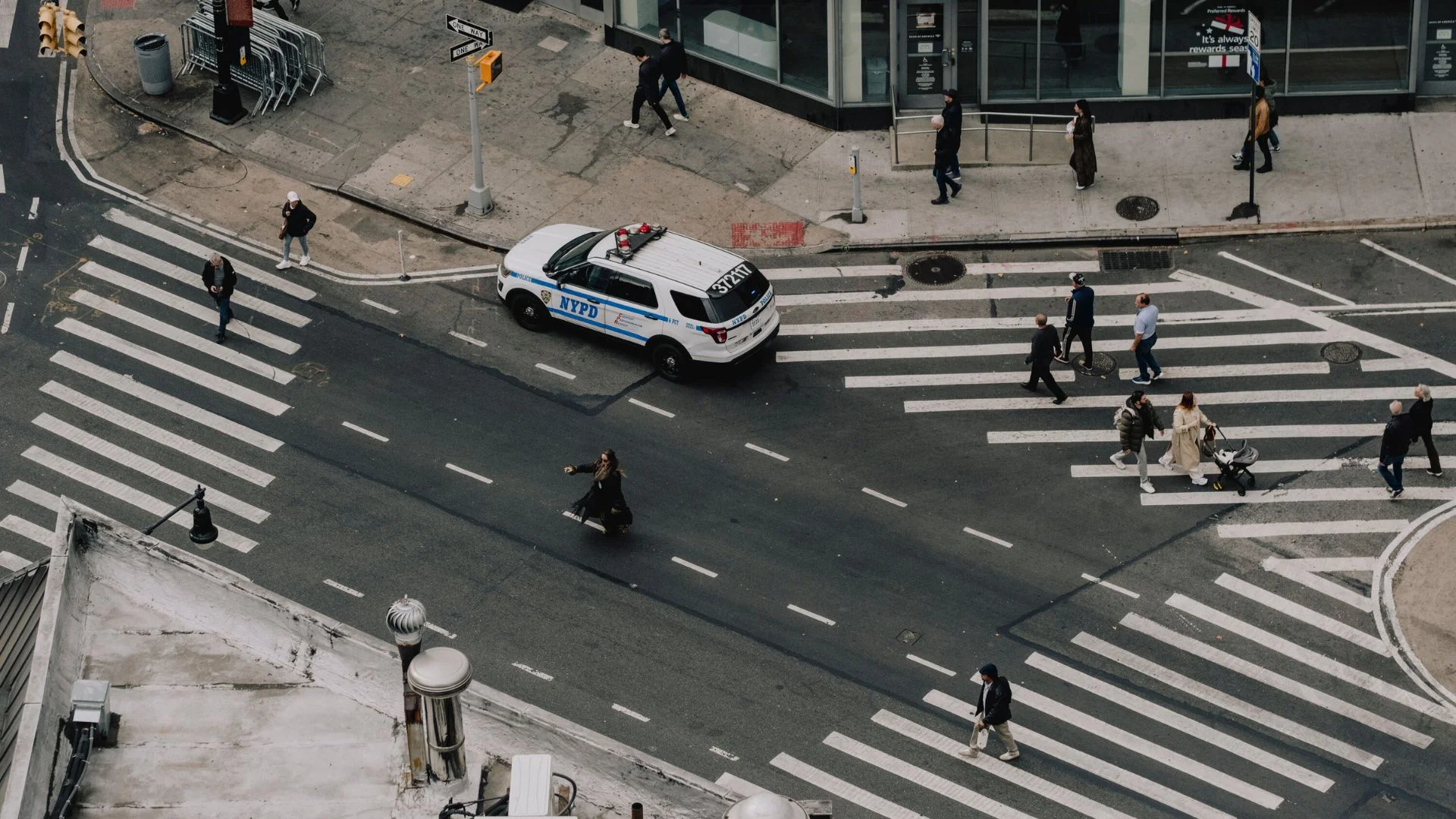New York City, often romanticized for its pizza, Central Park strolls, and bustling streets, has long included jaywalking in its list of urban customs. For years, crossing against traffic signals or outside crosswalks was illegal. Now, with new legislation passed by the City Council in September and coming into effect this past weekend, jaywalking is officially decriminalized. Mayor Eric Adams allowed the bill to pass without signature or veto, marking a major shift in the city’s street safety rules.
Jaywalking had been illegal in New York since 1958, and violators risked fines of up to $250. The city’s Department of Transportation (DOT) reported that jaywalking remains risky, noting that nearly 34% of pedestrian fatalities over the past five years resulted from crossing outside signals or mid-block. Despite the law, officials urge pedestrians to remain vigilant.
The bill, championed by Council Member Mercedes Narcisse, was passed with the goal of promoting racial justice. Narcisse highlighted concerns over discriminatory enforcement, pointing out that in 2023, over 92% of jaywalking tickets were issued to Black and Latino residents. With this change, Narcisse argues that police can now concentrate on “true public safety efforts.”
However, Liz Garcia, a spokesperson for the mayor, reiterated that crossing against signals remains dangerous, particularly for tourists unaccustomed to New York’s busy streets. In 2023, New York welcomed 62.2 million visitors, many unfamiliar with local jaywalking practices. David C. Schwebel, a psychology professor at the University of Alabama at Birmingham who studies pedestrian safety, cautioned that different cultural norms can heighten risks. For instance, in some Asian countries, it’s common to cross one lane at a time, a behavior that could prove hazardous in New York traffic.
Officials advise all pedestrians to make use of crosswalks and signals where possible, and to remain attentive when crossing streets, especially at night or in poor visibility. With the law officially going into effect in February, New York City is redefining the line between cultural practices and safety precautions for residents and visitors alike.























